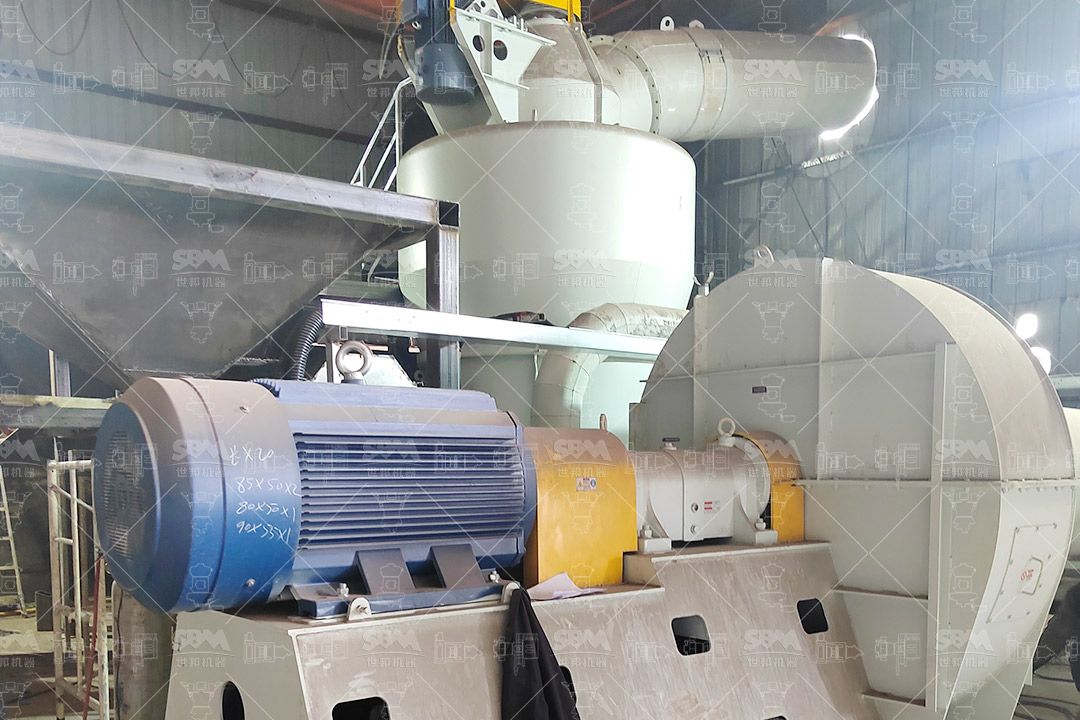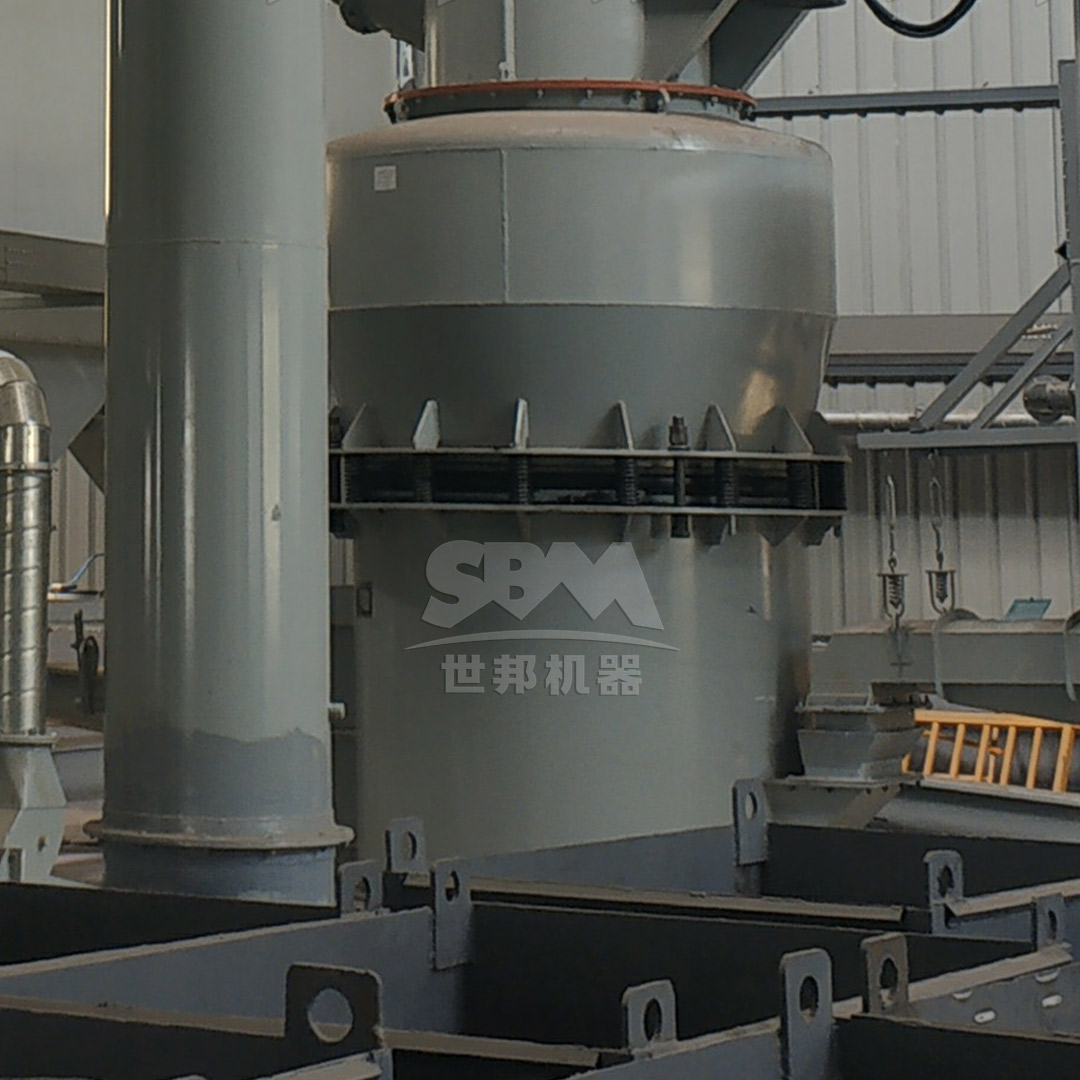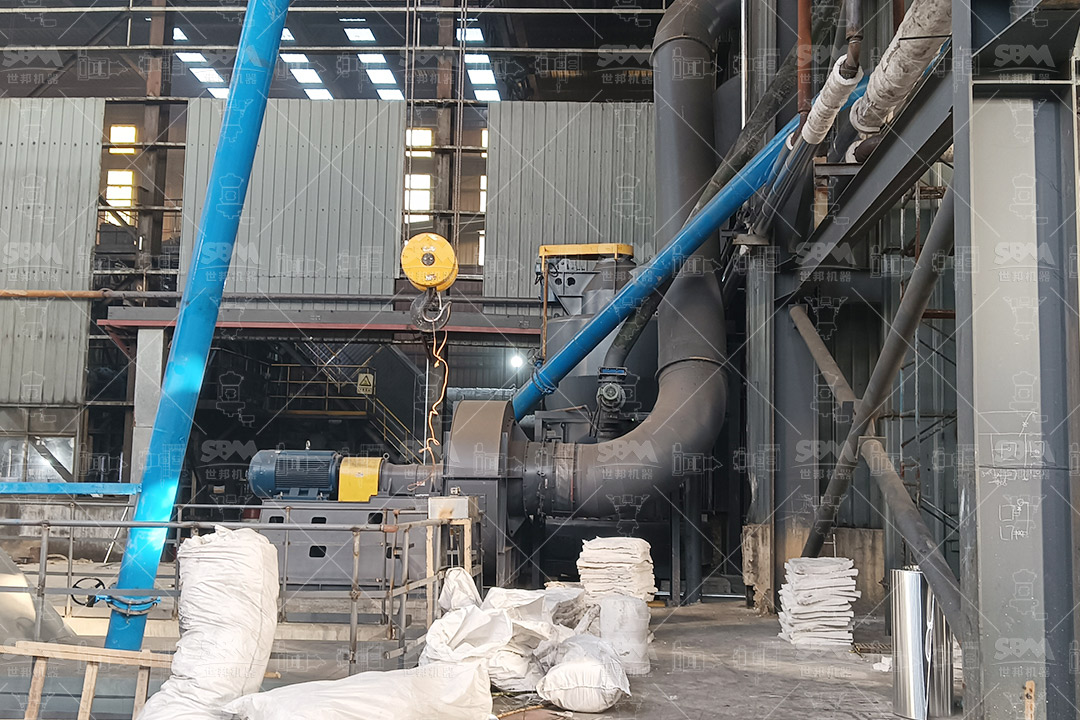Kaolin, also known as china clay, is an essential raw material in the manufacturing of fine ceramics, porcelain, and advanced ceramic components. The quality of kaolin powder directly influences the final product’s mechanical strength, thermal stability, and surface finish. To achieve the precise particle size distribution required for high-performance ceramics, specialized grinding mills and processing plants are indispensable.
The transformation of raw kaolin into fine ceramic-grade powder involves several critical stages: crushing, grinding, classification, and purification. Each stage requires carefully selected equipment to ensure optimal particle morphology, chemical purity, and processing efficiency. Modern kaolin processing plants integrate advanced grinding technology with precise classification systems to produce powders with consistent quality and tailored properties for specific ceramic applications.

High-quality ceramics demand kaolin powders with specific characteristics. The particle size distribution must be tightly controlled, typically ranging from 45 microns down to 5 microns or finer, depending on the ceramic application. The presence of coarse particles can create defects in the ceramic body, while excessive fines may affect forming properties and increase shrinkage during firing.
Beyond particle size, the chemical composition and mineralogical purity of kaolin are crucial. Iron oxide, titanium dioxide, and other impurities must be minimized to prevent discoloration and reduce the ceramic’s mechanical properties. The grinding process must therefore achieve the desired fineness without introducing contamination from wear parts or compromising the kaolin’s inherent properties.
For the most demanding ceramic applications requiring superfine kaolin powders, advanced grinding systems capable of producing particles in the 5-45 micron range are essential. These systems must combine high grinding efficiency with precise classification to ensure consistent product quality.
Our SCM Ultrafine Mill represents the pinnacle of ultra-fine grinding technology for kaolin processing. With an output fineness range of 325-2500 mesh (D97≤5μm), this mill is specifically engineered to meet the exacting requirements of fine ceramics manufacturing. The mill’s unique design features a vertical turbine classifier that ensures precise particle size control without coarse particle contamination, delivering powder with the uniformity essential for premium ceramic products.
| Model | Processing Capacity (ton/h) | Main Motor Power (kW) | Feed Size (mm) | Output Fineness (mesh) |
|---|---|---|---|---|
| SCM800 | 0.5-4.5 | 75 | 0-20 | 325-2500 |
| SCM900 | 0.8-6.5 | 90 | 0-20 | 325-2500 |
| SCM1000 | 1.0-8.5 | 132 | 0-20 | 325-2500 |
| SCM1250 | 2.5-14 | 185 | 0-20 | 325-2500 |
| SCM1680 | 5.0-25 | 315 | 0-20 | 325-2500 |
The SCM series achieves remarkable energy efficiency, offering twice the capacity of jet mills while reducing energy consumption by 30%. This is particularly important in ceramics manufacturing, where grinding can account for a significant portion of overall production costs. The intelligent control system automatically monitors and adjusts operating parameters to maintain consistent product fineness, even with variations in feed material characteristics.
For ceramic applications requiring medium-fine kaolin powders in the 45-600 micron range, trapezium mills offer an optimal balance of processing capacity, energy efficiency, and product quality. These mills are particularly suitable for preparing kaolin for traditional ceramics, sanitaryware, and structural clay products.
Our MTW Series Trapezium Mill provides exceptional performance for medium-fine kaolin grinding, with output fineness ranging from 30-325 mesh. The mill’s advanced design incorporates several innovative features that make it ideally suited for ceramic applications. The curved air channel design minimizes energy loss during material transport, while the combined shovel blade system reduces maintenance costs and extends component life.

| Model | Processing Capacity (ton/h) | Main Motor Power (kW) | Feed Size (mm) | Output Fineness (mesh) |
|---|---|---|---|---|
| MTW110 | 3-9 | 55 | <30 | 10-325 |
| MTW138Z | 6-17 | 90 | <35 | 10-325 |
| MTW175G | 9.5-25 | 160 | <40 | 10-325 |
| MTW215G | 15-45 | 280 | <50 | 10-325 |
The MTW series features an integrated bevel gear transmission system with 98% transmission efficiency, reducing installation costs and space requirements. The wear-resistant volute structure eliminates flow resistance, enhancing air classification efficiency and reducing maintenance costs by 30%. These advantages make the MTW trapezium mill an excellent choice for ceramic manufacturers seeking reliable, cost-effective kaolin processing solutions.
A comprehensive kaolin processing plant for fine ceramics manufacturing integrates multiple unit operations to transform raw kaolin into precisely controlled ceramic-grade powder. The typical processing flow includes: primary crushing, drying, grinding, classification, magnetic separation, and packaging.
Raw kaolin first undergoes primary crushing to reduce the material to a manageable size for subsequent processing. Hammer mills or jaw crushers are typically employed for this stage, reducing the kaolin from large lumps to particles below 50mm. For particularly hard or abrasive kaolin deposits, our specialized hammer mills with high manganese steel liners provide exceptional durability and consistent performance.
Following crushing, the material may require drying to reduce moisture content to optimal levels for grinding. Rotary dryers or flash drying systems are commonly used, with heat sources tailored to the specific characteristics of the kaolin deposit and local environmental regulations.

Precise classification is critical in kaolin processing for ceramics, as it determines the final particle size distribution that directly affects ceramic properties. Air classifiers integrated with grinding mills provide real-time separation of fine and coarse particles, ensuring consistent product quality.
For ultra-fine kaolin applications, high-efficiency turbo classifiers with multiple rotors offer unparalleled precision in particle size control. These systems can achieve sharp cuts with minimal coarse particle contamination, essential for high-performance technical ceramics. The classification system is typically integrated with the grinding mill in a closed circuit, with oversize material continuously returned for further grinding.
Magnetic separation represents another crucial step in kaolin processing for whiteware ceramics. High-gradient magnetic separators effectively remove iron-bearing impurities that can cause discoloration and reduce mechanical strength in fired ceramic bodies. Modern processing plants often incorporate multiple stages of magnetic separation at different points in the process to maximize impurity removal.
The grinding method significantly influences kaolin particle morphology, which in turn affects ceramic processing behavior and final product properties. Different grinding technologies produce particles with distinct shapes and surface characteristics.
Compression-based grinding systems, such as roller mills, tend to produce more equidimensional particles with lower surface area, which can improve pressing characteristics and reduce drying shrinkage. Impact-based systems may generate more irregular particles with higher surface area, potentially enhancing green strength but increasing shrinkage. Understanding these relationships allows ceramic manufacturers to select the most appropriate grinding technology for their specific application requirements.
For most fine ceramic applications, a balanced particle morphology with controlled aspect ratio provides the optimal combination of forming behavior, drying performance, and fired properties. Modern grinding systems with adjustable operating parameters allow manufacturers to fine-tune particle characteristics to meet their specific needs.
Minimizing contamination during kaolin processing is paramount for high-quality ceramics. Iron contamination from grinding media and mill liners can significantly impact the whiteness and mechanical properties of ceramic products. Advanced grinding systems address this concern through careful selection of construction materials and innovative design features.
Our grinding mills utilize specialized wear-resistant materials with low iron content in critical components that contact the kaolin. Ceramic liners, high-chromium alloys, and other advanced materials provide excellent wear resistance while minimizing product contamination. Regular monitoring of wear part condition and proactive replacement schedules further ensure consistent product purity.
Beyond mechanical contamination, modern kaolin processing plants incorporate comprehensive dust collection systems to maintain clean operating environments and prevent cross-contamination between different product grades. Pulse-jet baghouse filters with efficiency exceeding international standards ensure that airborne particles are effectively captured, protecting both product quality and operator health.
Grinding represents one of the most energy-intensive operations in kaolin processing, making energy efficiency a critical economic consideration. Advanced grinding systems incorporate multiple features to minimize specific energy consumption while maintaining product quality.
Our grinding mills achieve significant energy savings through optimized grinding geometry, efficient classification systems, and intelligent control strategies. The SCM Ultrafine Mill, for example, reduces energy consumption by 30% compared to conventional jet mills while delivering equivalent product fineness. These efficiency improvements directly translate to lower operating costs and reduced environmental impact.
Beyond energy consumption, overall operating costs are influenced by maintenance requirements, wear part life, and system reliability. Modern grinding systems feature extended maintenance intervals and rapid component replacement capabilities, minimizing downtime and maximizing production availability. The economic benefits of these advanced systems become particularly significant in continuous production environments typical of ceramic manufacturing.
Kaolin processing plants must comply with increasingly stringent environmental regulations governing emissions, noise, and waste management. Modern grinding systems address these requirements through integrated environmental protection features.
Comprehensive dust collection systems with pulse-jet cleaning ensure that particulate emissions remain well below regulatory limits. Advanced sealing technologies prevent material leakage at transfer points, maintaining clean operating conditions. Noise control measures, including acoustic enclosures and vibration damping, keep operational noise levels below 75-80 dB, protecting both workers and surrounding communities.
Water management represents another important environmental consideration, particularly in regions with water scarcity. Dry processing systems eliminate water consumption and wastewater generation, while closed-circuit water systems in wet processing applications minimize fresh water requirements. These environmental considerations are integral to the design of modern kaolin processing plants for the ceramics industry.
The future of kaolin processing for ceramics lies in increasingly digitalized, automated systems that optimize performance through real-time monitoring and adaptive control. Smart grinding systems incorporating IoT sensors, machine learning algorithms, and digital twins will enable predictive maintenance, quality optimization, and energy efficiency improvements.
These advanced systems will continuously monitor critical parameters such as grinding pressure, classifier speed, motor power, and product fineness, automatically adjusting operating conditions to maintain optimal performance. Integration with plant-wide control systems will facilitate seamless coordination between different process units, maximizing overall plant efficiency.
Remote monitoring and operation capabilities will enable expert support and troubleshooting without the need for onsite visits, reducing downtime and improving response times. These digital technologies represent the next frontier in kaolin processing for the ceramics industry, offering significant improvements in productivity, quality consistency, and cost efficiency.
Sustainability considerations are increasingly influencing equipment selection and process design in kaolin processing for ceramics. Energy-efficient grinding technologies, water recycling systems, and waste minimization strategies are becoming standard requirements rather than optional features.
Future developments will likely focus on further reducing the environmental footprint of kaolin processing through renewable energy integration, carbon capture technologies, and circular economy principles. The recovery and utilization of waste heat from grinding operations, for example, can significantly improve overall energy efficiency. Similarly, the development of grinding media with extended service life and recyclability will reduce resource consumption and waste generation.
As the ceramics industry continues to evolve, kaolin processing technology will adapt to meet changing requirements for product quality, economic performance, and environmental responsibility. The grinding systems of the future will need to balance these sometimes competing demands while providing the flexibility to accommodate new ceramic formulations and manufacturing processes.